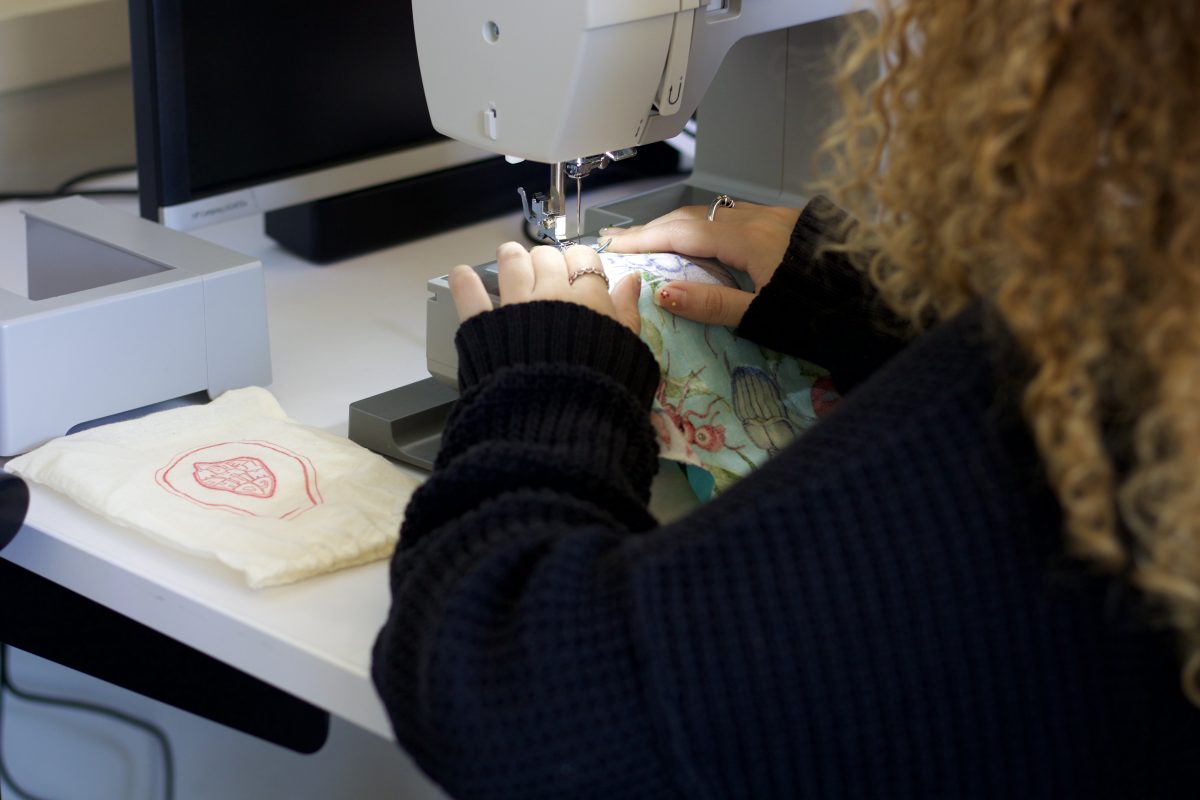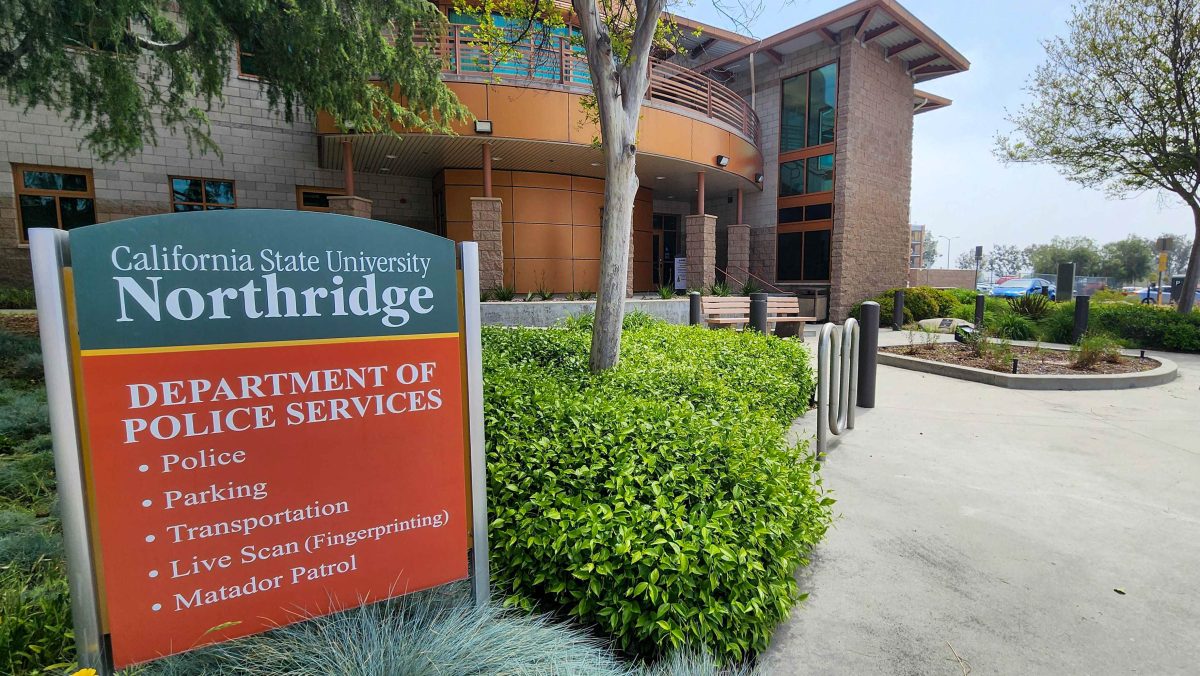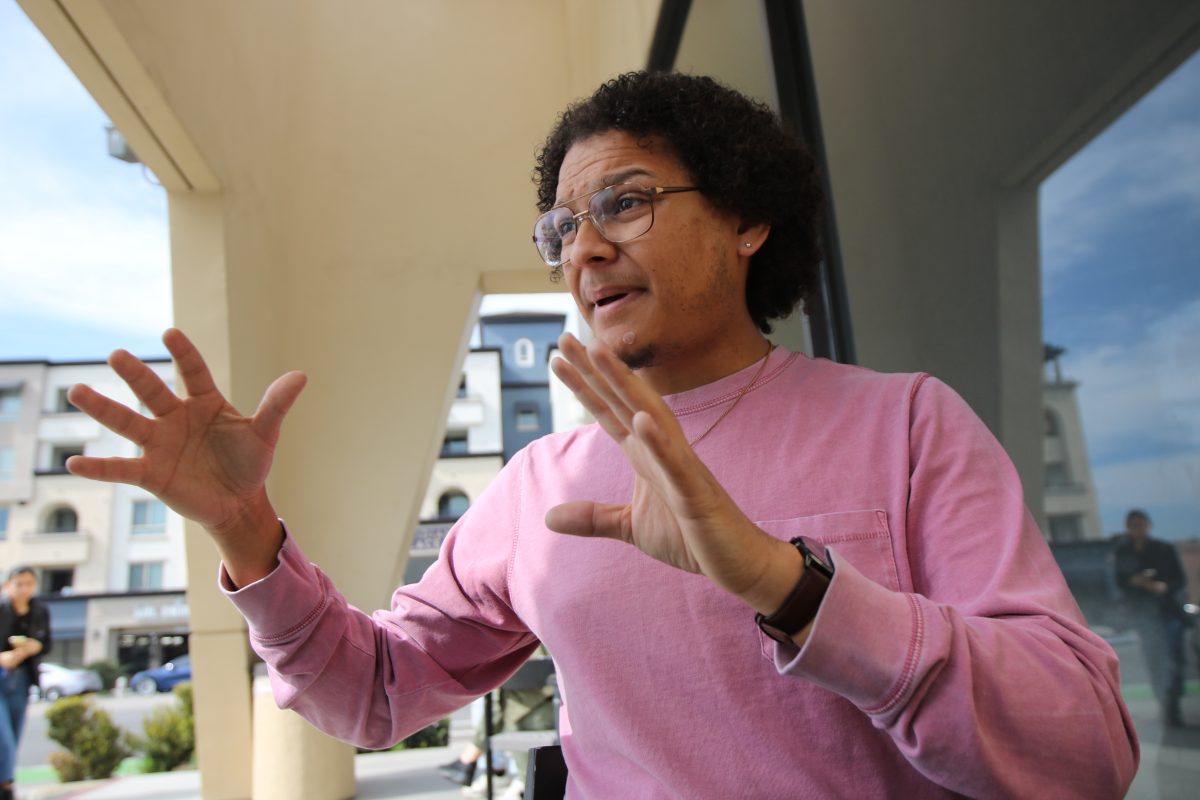CSUN students and professors presented their research at a conference geared toward increasing minority diversity in the sciences.
Natalie Martinez-Takeshita, a CSUN biology graduate major, said the conference also brought awareness to the presence of minorities with higher-level science degrees, even though they are still vastly underrepresented.
“It was really inspiring and nice to see how far minorities have come in (the) sciences,” she said, adding that there is still a long way to go before there is equal representation in the field. “To increase that diversity would bring so many more new ideas to the table because everybody comes from a different background.”
The conference, hosted by the Society for the Advancement of Chicanos and Natives Americans in Science (SACNAS), focused on sustainability and the future.
For Martinez-Takeshita, 27, it was an opportunity to present the culmination of three years of work.
Along with advisers Michael Franklin and Larry Allen, she presented her research about the genetic diversity of yellowtails, a species of fish, on a global level.
Martinez-Takeshita collected samples of fish herself from New Zealand and Mexico, in addition to California. Samples were also used from Japan.
She found that there are three distinct populations of yellowtails in Japan, California and Mexico, and New Zealand.
Fishing is an industry that provides a large numbers of jobs and is a food source across the world, so these findings are important both for the commercial industry and conservation efforts, Martinez-Takeshita said.
She added her findings can be used as a tool to better manage the yellowtail population as a whole.
“We really want to be mindful of size limits and bag limits,” she said, referring to the number of fish that can be caught per day to prevent the population from suffering a decrease in abundance.
This population management effort would require cooperation from governments and to some degree has been recently evolving, Martinez-Takeshita said.
“There’s been a lot of effort in recent years of moving toward educating the public and implementing regulations for sustainable fishery in both the U.S. and Mexico,” she said.
Senior Joseph Santistevan, kinesiology major, met numerous doctors and Ph.D students at the conference and found a sense of camaraderie.
“They go through the same struggles we go through,” he said.
Santistevan presented a botany poster on a mustard plant called the Arabidopsis Thaliana. His research involved converting a gene to see the effects it would have on root growth, he said.
“My project shows how we could genetically enhance plants to have more roots — longer, deeper, more robust roots — so you can still get nutrients and water from low arable areas,” he said.
This genetic modification could potentially allow farmers to grow large crops in low-soil areas, which could help the food shortage experienced in some areas of the world, he said.
“The world is overpopulated and we don’t have enough food to feed everybody,” Santistevan said.
In addition to research on sustainability, physics and astronomy department chair Ana Cristina Cadavid was one of three presenters addressing recent research in space science.
Cadavid, who works in solar physics, addressed a phenomenon involving the sun.
Her research investigated the way energy moves from the visible surface of the sun to its atmospheric layers, she said.
Cadavid said that she wanted to explain why the temperature of the atmospheric layers of the sun is hotter than the surface.
Cadavid added the conference is important because it’s oriented toward students.
“The point (of the conference) is to have active communication and to network and (give) opportunities for students to meet scientists and establish connections so they have points of contact for their futures,” she said.





